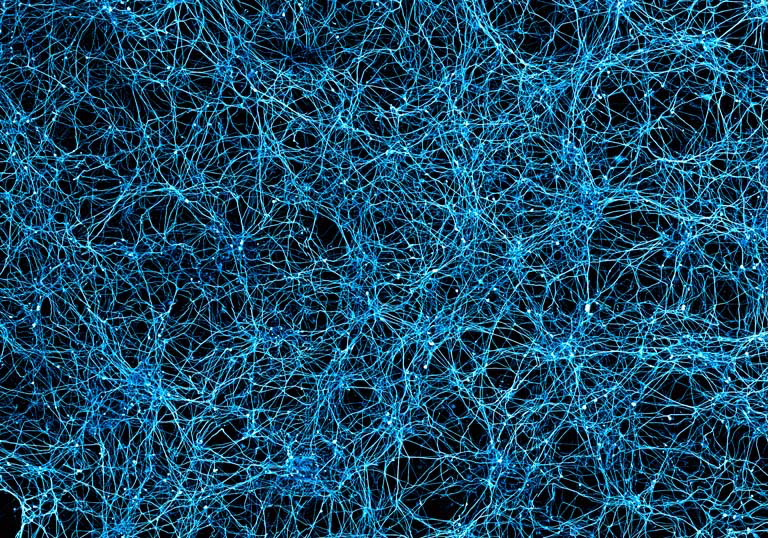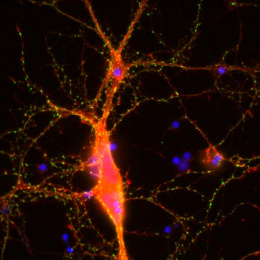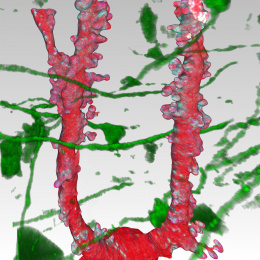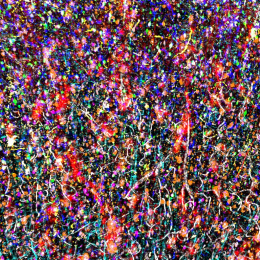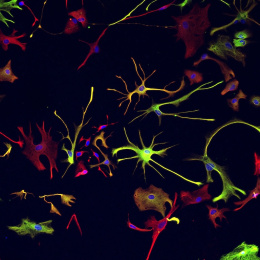Building a Neural Circuit in a Dish
Building a Neural Circuit in a Dish
Matheus Victor
Picower Institute for Learning and Memory, MIT Department of Brain and Cognitive Sciences
Our knowledge of the human brain has been hindered by the difficulty in extracting and culturing human neurons in the lab. Reprogramming human skin cells into pluripotent stem cells, known as induced pluripotent stem cells (iPSCs), now allows for the generation of human neurons in a dish for studies of neurological disorders in a patient-specific manner. Here, skin cells from a human adult were reprogrammed into iPSCs and subsequently differentiated into neurons, adopting a complex architecture of axonal and dendritic branches that allows nerve impulses to travel from one cell to the next. Our goal is to employ iPSC technology to build a functional human neural circuit in a dish to model and study the biological underpinnings of network defects found in Alzheimer’s disease.
